Bespoken Word: Pandemic mechanic
Guy Kesteven’s maintenance tips to prolong your bike’s life while spares are scarce and shop repairs are booked solid
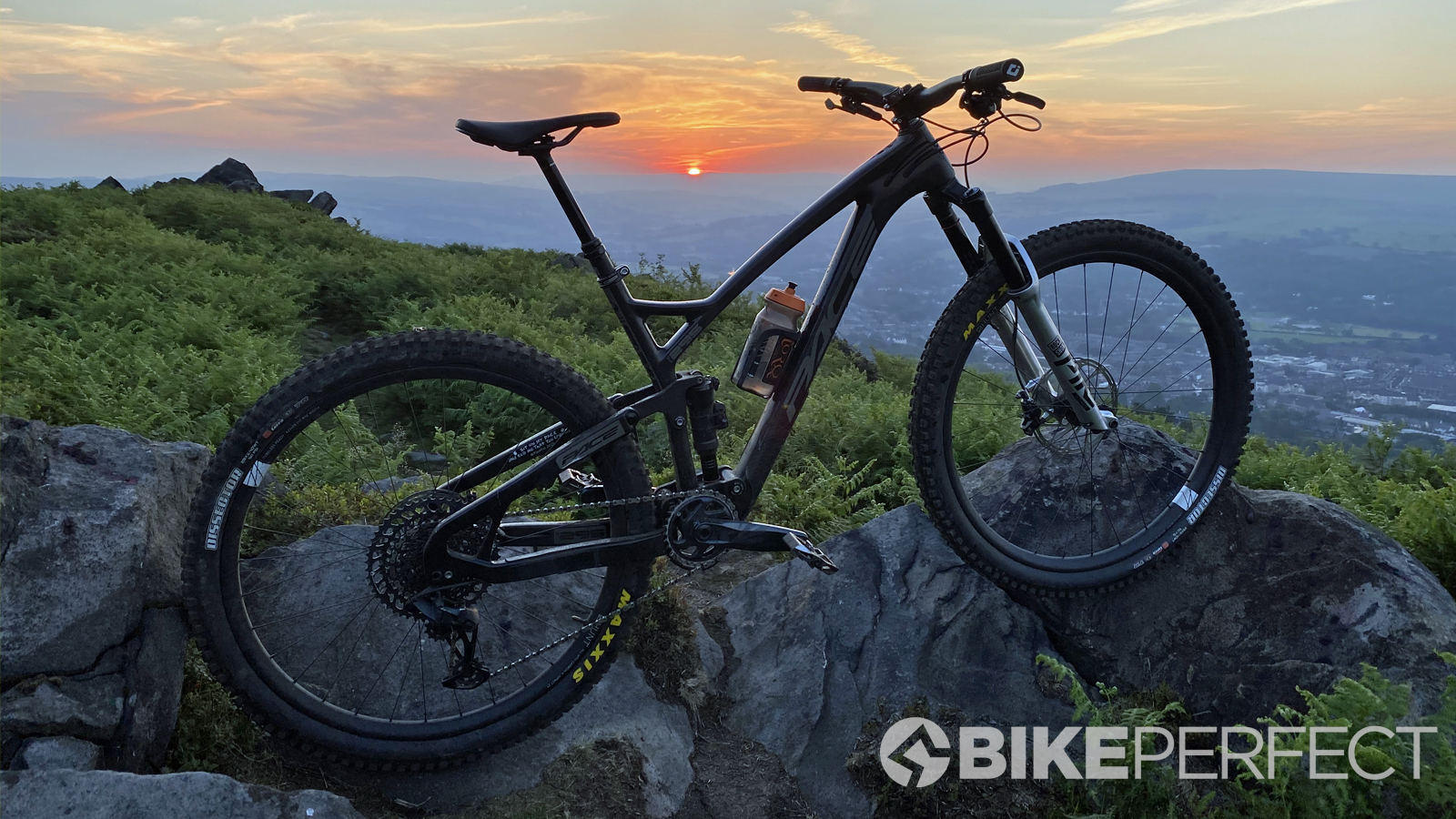
The pandemic and its effect on demand and delivery for bike parts has definitely been a crazy catalyst for making broken or worn out kit a bigger issue than ever. Investing a small amount of time and care into keeping your kit sweet makes economic, performance and ecological sense even without a rapidly mutating global killer virus ravaging the world. So while last week we talked about how to keep your bike healthy when riding, here are some tips on how your off-bike routine can keep it going.
Before we go any further, this won’t be a step-by-step maintenance guide. There are plenty of them around already and YouTube is awash with instructional edits too. It's not meant to be sticking a finger up to bike shops either, but most of them are up to their eyeballs trying to find XT mechs from Uzbekistan or servicing bikes that haven’t seen the light of day since the last century and probably won’t have a spare workshop slot for weeks, if not months. So with that in mind, let’s crack on with the essentials for keeping your bike alive for as long as possible.
- How to clean a mountain bike: a six-step guide
- Best pressure washers for mountain bikers: Bike Perfect’s picks for post-ride mountain bike cleaning
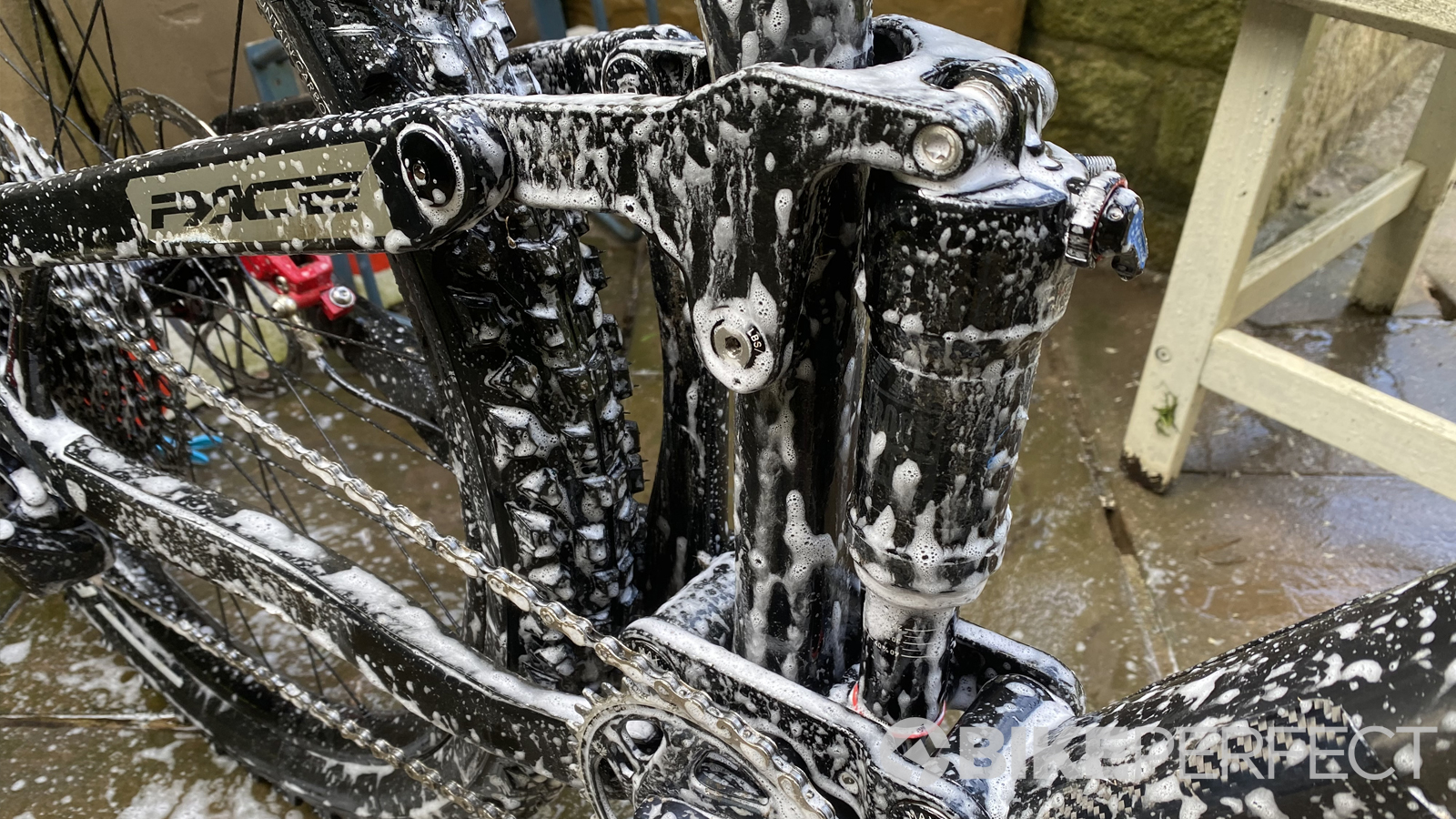
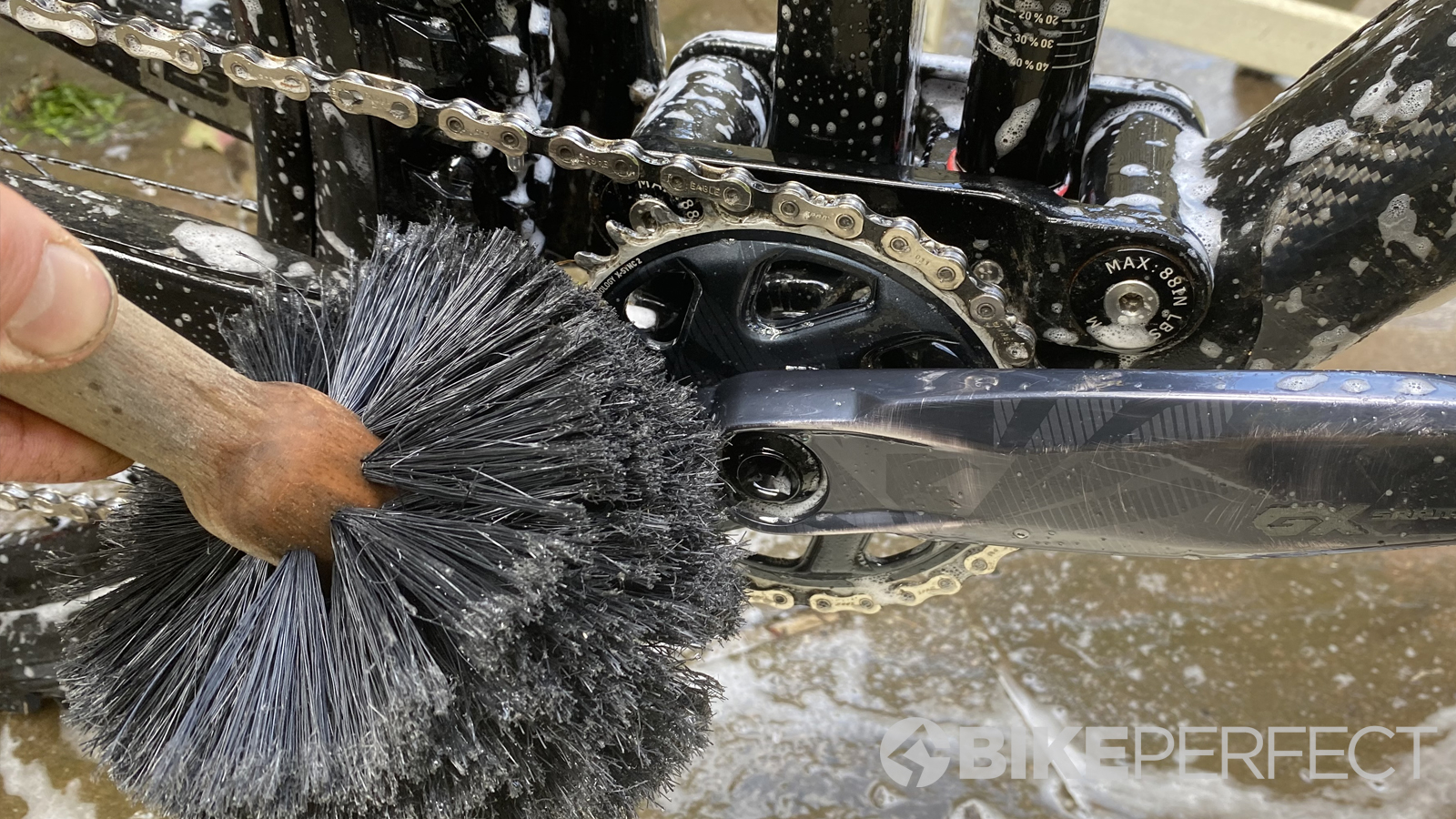
Cleaning
If you run a road bike and an MTB or gravel bike you’ll already know the massive difference riding in dirt can make to its health. While cruising the blacktop in good weather can mean months without any maintenance besides occasional lube top-ups, even dry off-road work can leave your drivetrain coated in fine penetrating dust that gums up bearings and dries up lube into a quietly abrasive paste. Start throwing rain and sodden trails into the mix and that abrasive paste is far from quiet, it’s audibly aggressive in the way it eats away at drivetrains or any other place one part of the bike rubs against another.
I talked about how trying to use puddles and sticks to keep your bike as gunk-free as possible during the ride makes a big difference to performance and wear and tear, but a clean down of the key areas after each ride is essential anywhere that clouds are more common than clear blue skies. Do it as soon after the ride as possible too, so dirt doesn’t dry (expanding or contracting in sensitive areas in the process) and rust or other corrosive reactions don’t have any extra time to start eroding your bike.
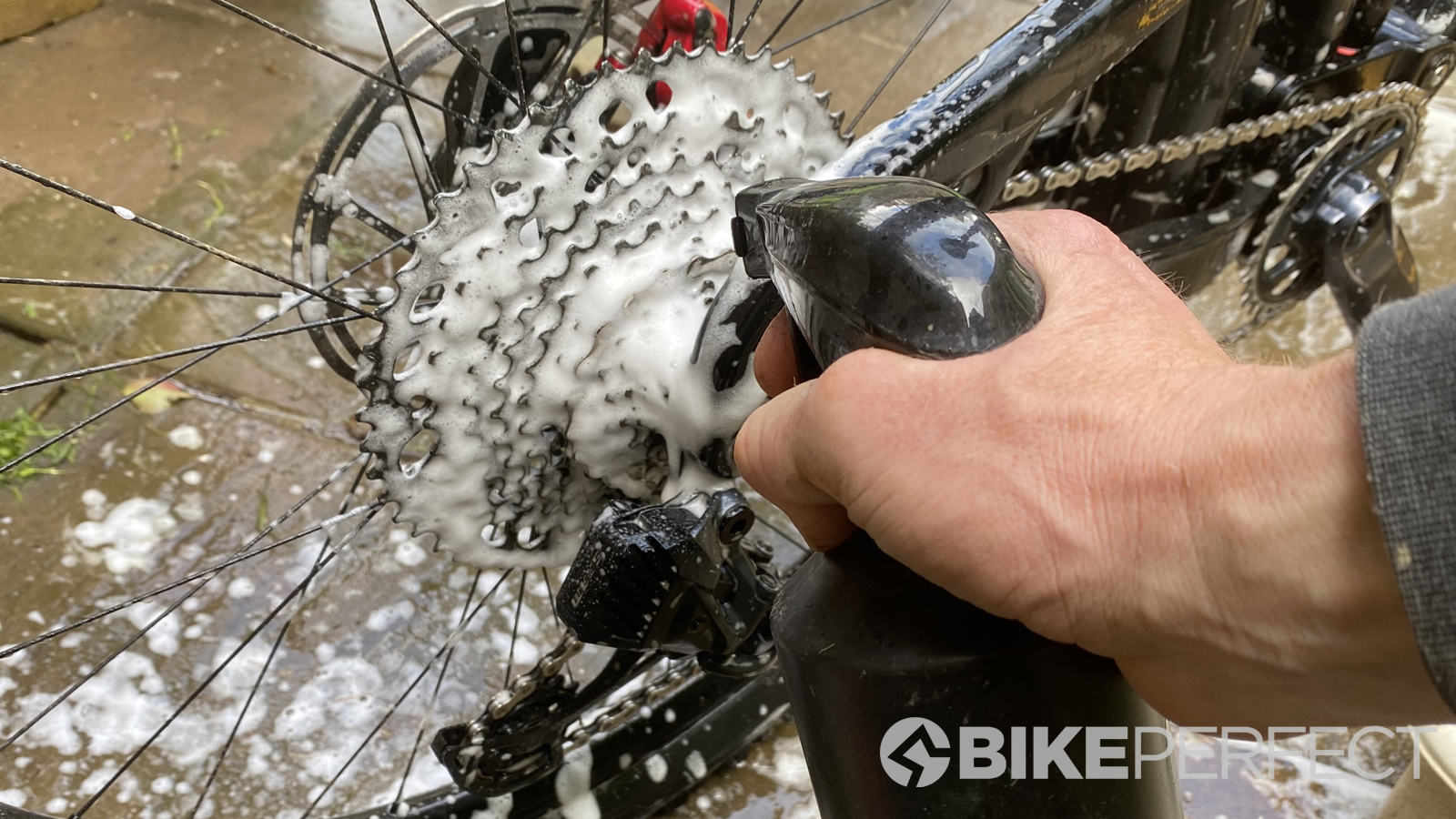
That doesn’t mean you need to get your bike concourse sparkling everywhere, but all the contact areas of your drivetrain should be scrubbed as clean as possible. There’s a whole arsenal of different products to help you, and the good ones will certainly speed up the process, but a bucket of water and your old toothbrushes and washing up brushes will do the job. Be wary that anything that can scour old lube and gunk off your drivetrain in seconds will do the same to the bearings you’re trying to protect, so be careful where it gets sprayed and be very thorough with your rinsing.
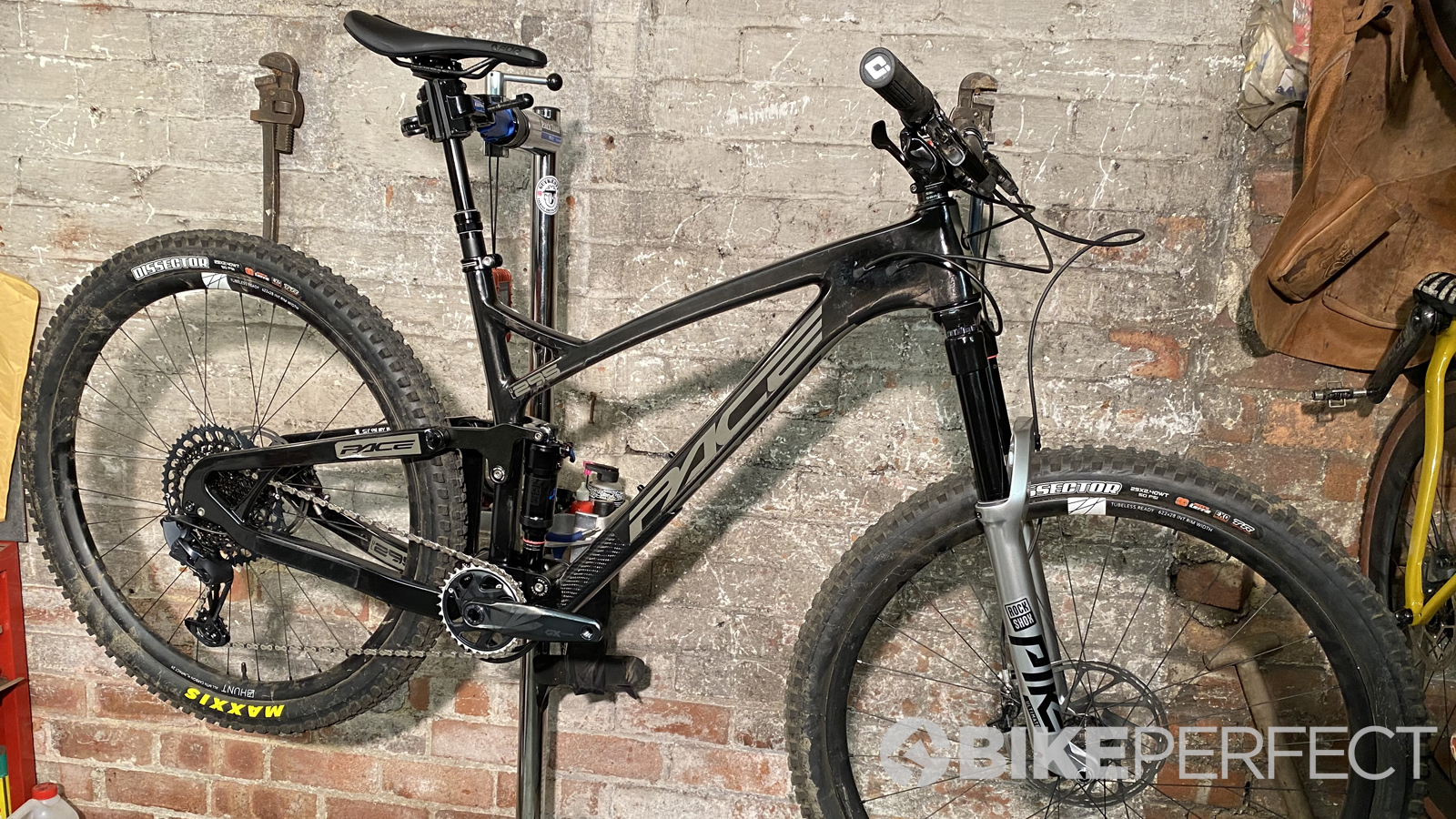
Checking
While you’re getting up close and personal with a brush and rag, check that everything is working like it should. Was anything grinding or glitching or out of adjustment when riding? That might mean a cable has stretched, a mech has taken a slight knock or a chain link has started to pull apart or get sticky. A super easy fix in the comfort of your home, but a pain if a chain snaps on a ride and a potential nightmare if your mech goes into your spokes. If you’ve already got the bike hung up then it just takes a few seconds to run through the gear range and check whether brakes are rubbing.
Regularly check the stuff you might not notice too. Does the chainset spin smoothly if you unhook the chain or is it sticky or loose? How are the bearings on the wheels if you drop them out and give the axles a twist and wobble? Do your forks turn smoothly, do they wobble in the frame or is there rust staining around the headset bearings? Is the cassette still tight or is there some wobble in there? How are the brake pads looking?
While it’s great to get the maximum use out of them, if you go metal to metal you won’t just be unable to stop properly but your rotors will get ruined as well. Over-extending the brake pistons with over-worn pads can cause real problems too. Even if everything is running fine, popping out the pads and cleaning inside the callipers only takes a couple of minutes and can make a real difference to the lifespan of an often forgotten component.
If you want to be brave, then a bit of manual manipulation on the pistons will help keep the seals lubed and smooth. It’s dead simple too, using a soft spacer or tire lever to push the pistons back into place after you pull the lever, but be gentle and don’t pump the pistons out too far.

Lubing
Once everything is clean and running right, keep it that way with the appropriate lube. GT85 or WD40 will keep rust at bay, but has practically no cling on moving parts. As it's a penetrating degreaser, it will seep into bearings and strip them clean too. In other words it might seem like a quick fix but you’ll essentially be running your bike raw and wear will be massively accelerated.
In contrast a heavy duty chain oil will swamp your parts in an impenetrable gloop that might seem like it’s keeping everything quiet and smooth, but it’ll also suck in dirt and grit creating a sticky, clingy, grinding paste exactly where you want to keep things clean. The right lube can make a massive difference to how long your transmission lasts, but again use the right sort for the conditions and follow the instructions. Yeah, we know for some of us that’s almost as bad as doing maintenance in the first place, but it really does make a difference.
Also - while I know this is a repeat from last week - if you’re going out for an epic, take some lube with you so you can top up when the squeaking and grinding starts.
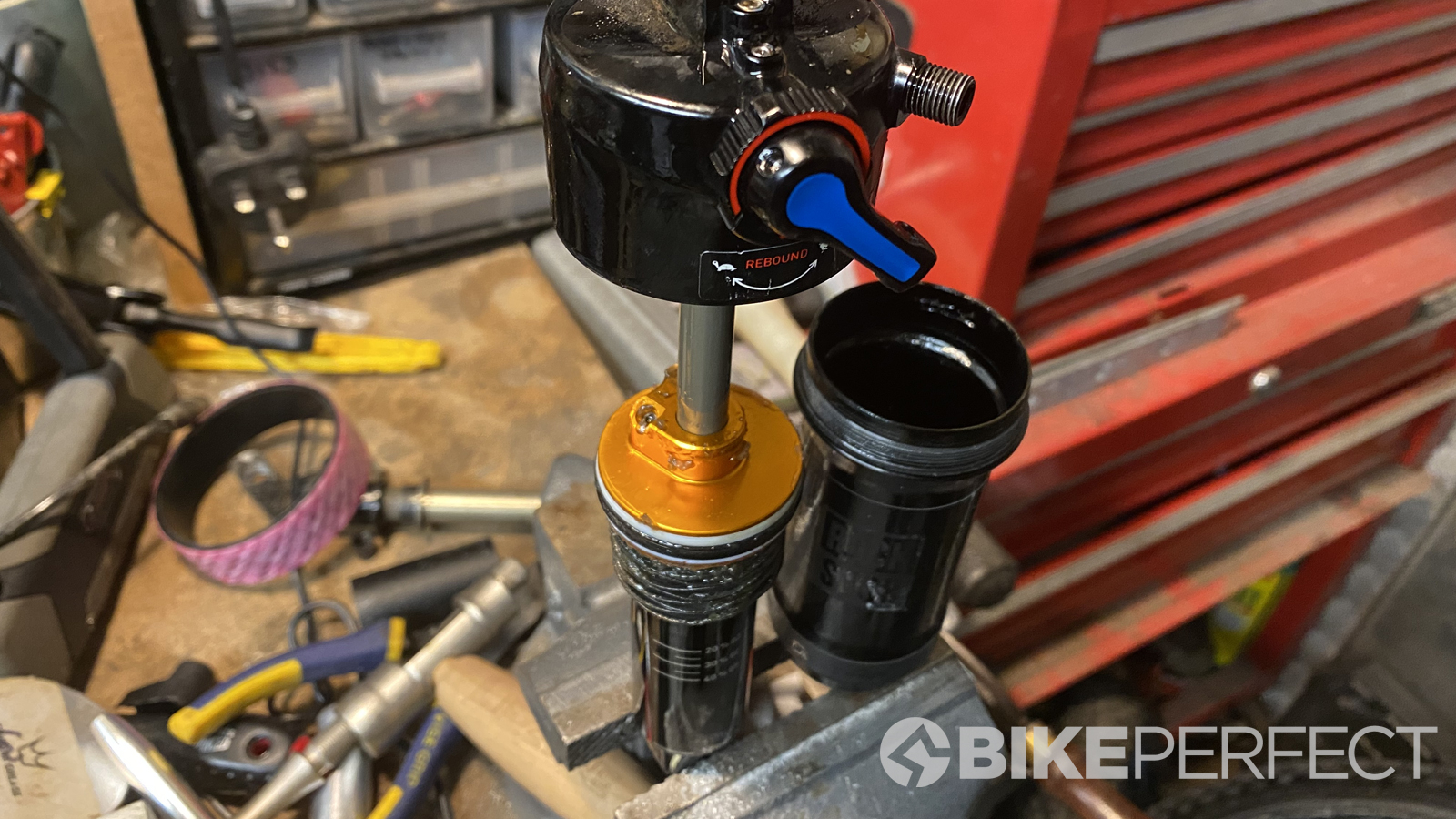
Suspension servicing
Yes we are going here. And yes we know, it’s a big step up in terms of DIY servicing intimidation moving from simple externals like chains to delicate tubes full of pressurized air and oil. We’re not suggesting you go mano a mano with your shim stacks or start playing with super pressurized nitrogen chambers either. Opening up shocks and forks enough to have a quick wipe round, check for any damage and lube seals is super easy if you’re careful and patient though. Not only will this make your suspension last a lot longer but you’ll suddenly realize just how much performance degrades as things dry out and get sticky.
Just make sure you’re working in a properly clean area and only use the proper tools and fluids for the job. After all suspension internals - or even bits like the top caps of forks - can be lightweight alloy and therefore very delicate if you start going at them with a pipe wrench or a baggy old adjustable wrench your grandpa handed down to you.

Pivots
While stopping wear and wobble before it gets obvious is important anywhere on the bike, it’s absolutely crucial on suspension pivots. Better designed frames are built to handle a bit of looseness without damage, but in some cases by the time you notice some noise in your linkages or pivots when you’re riding, the frame might be close to written off.
That makes regular waggle, wobble, rock and drop tests massively important to the long term health of the most expensive part of your bike, and sorting it can be as simple as just tightening up the right hex bolts.
With the correct tools, replacing worn out bearings doesn’t have to be hard either, and because most bikes use standard cartridge bearing sets it’s one of the few areas that spares are still relatively easy to come by, so just order the best quality you can find in the right size.
- The Joy of Dirt: Why you should volunteer with your local trail association
Re-use and recycle
Another way you can eke out lifespans is by sharing stuff around. Because chains wear faster than chainrings and cassettes, rotating two or three on a monthly basis will dramatically extend the overall life of your transmission.
Tire wear is a lot faster on the back than the front too so as long as it’s not dangerously tread-free, swapping the rear to the front when it starts slipping will extend the life of the pair. While it doesn’t work with all tread patterns or carcass designs reversing tires once the edges have worn off on the driving/braking side will extend their lifespan.
Keep topping up tubeless systems too, as nothing trashes tires faster than them being run flat but sealant will always dry out over time.
Like I say there’s a whole world of maintenance tips out of there and we’re not expecting you to become the spanner equivalent of a brain surgeon. Hopefully you’ll feel a bit more comfortable giving your bike a mechanical vaccination on a regular basis and not perplexed when your patiently awaited pride and joy is a rusting, immobile mess a few weeks after you’ve got it.

Guy Kesteven has been working on Bike Perfect since its launch in 2019. He started writing and testing for bike mags in 1996. Since then he’s written several million words about several thousand test bikes and a ridiculous amount of riding gear. He’s also penned a handful of bike-related books and he reviews MTBs over on YouTube.
Current rides: Cervelo ZFS-5, Specialized Chisel, custom Nicolai enduro tandem, Landescape/Swallow custom gravel tandem
Height: 180cm
Weight: 69kg
